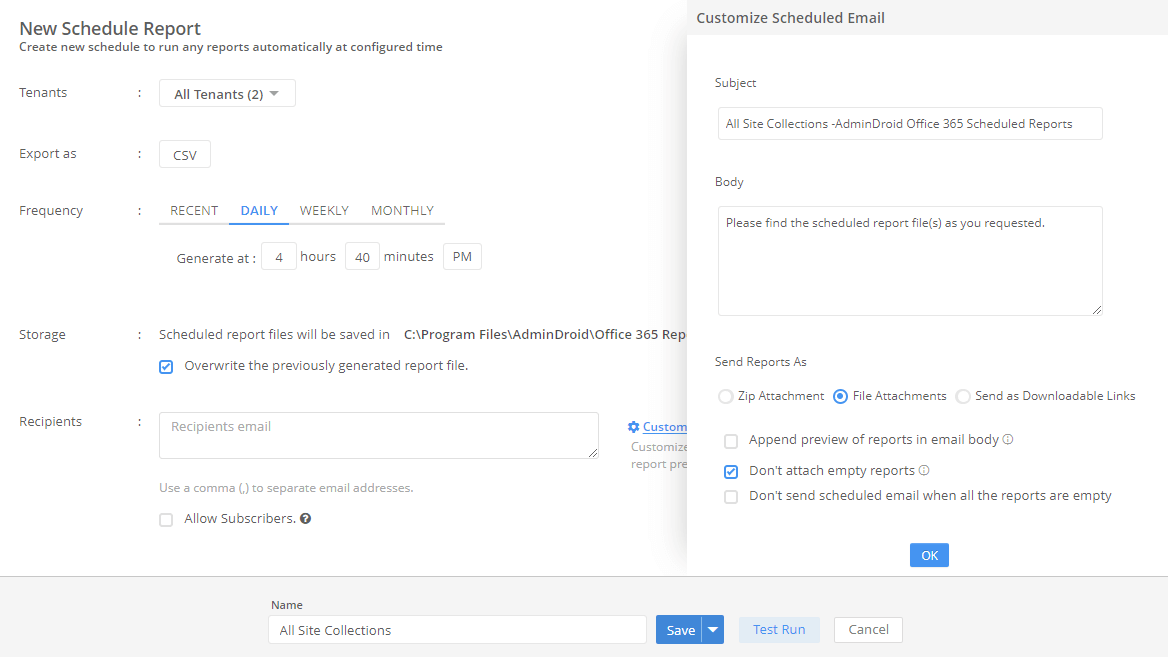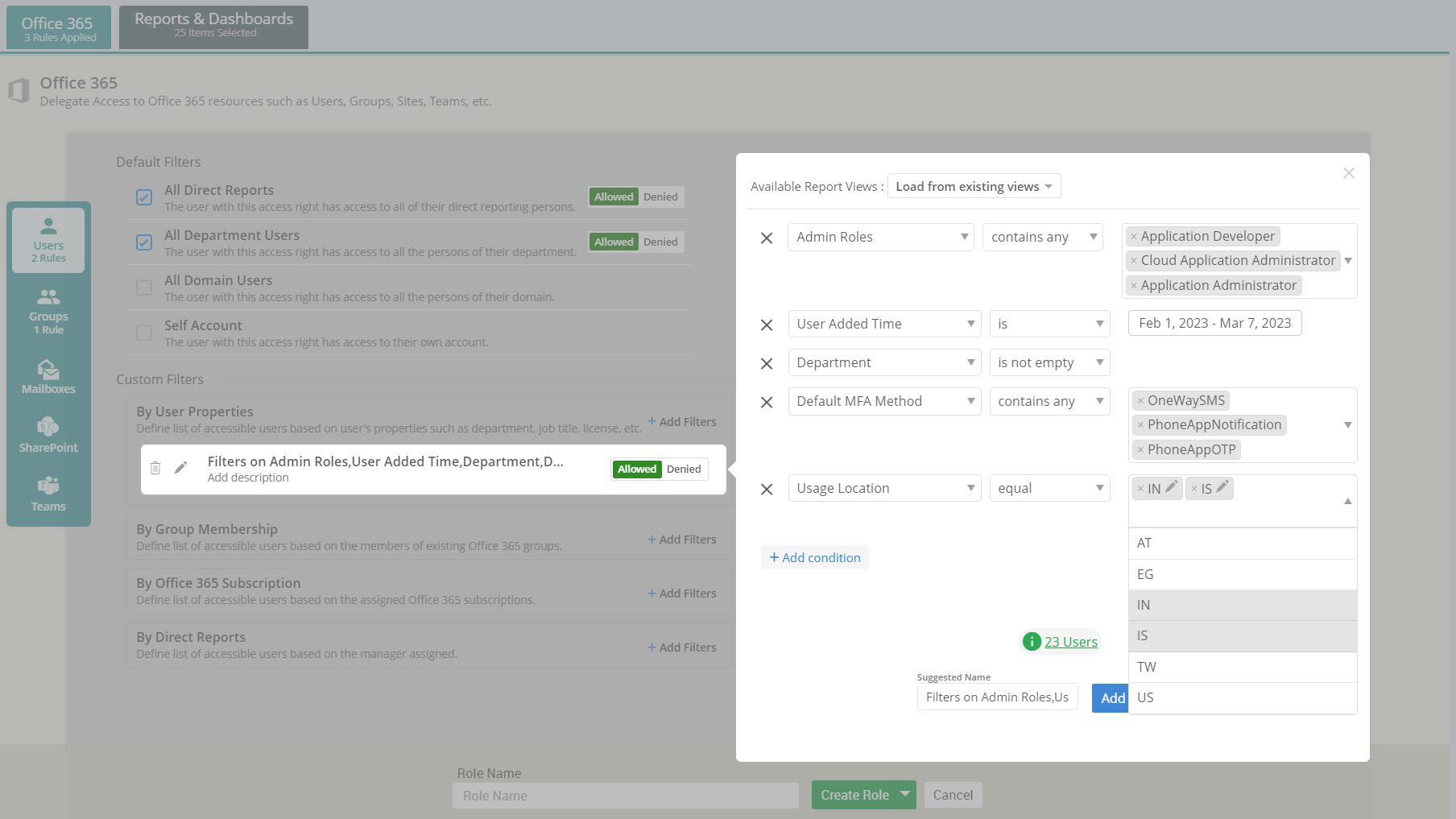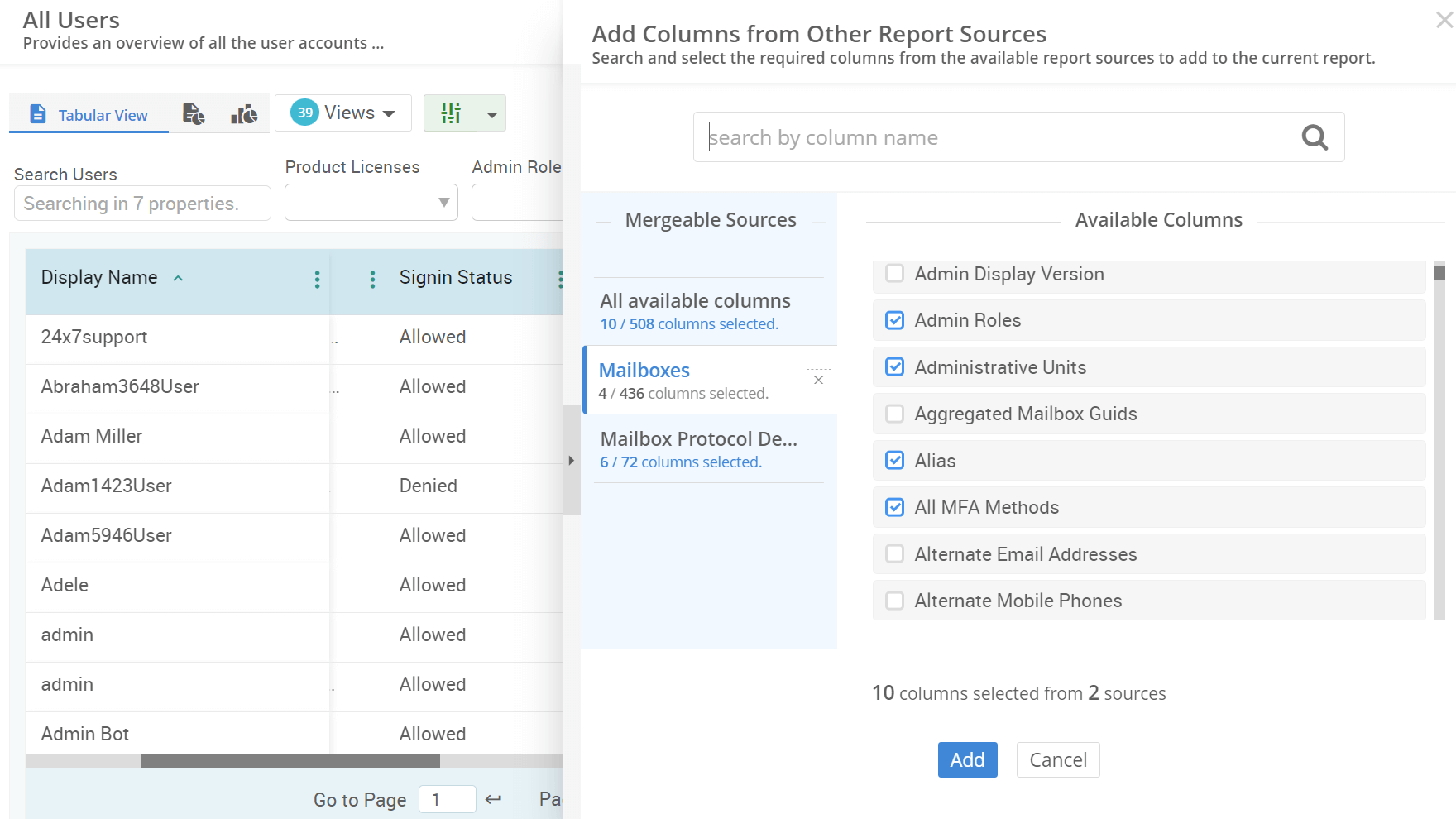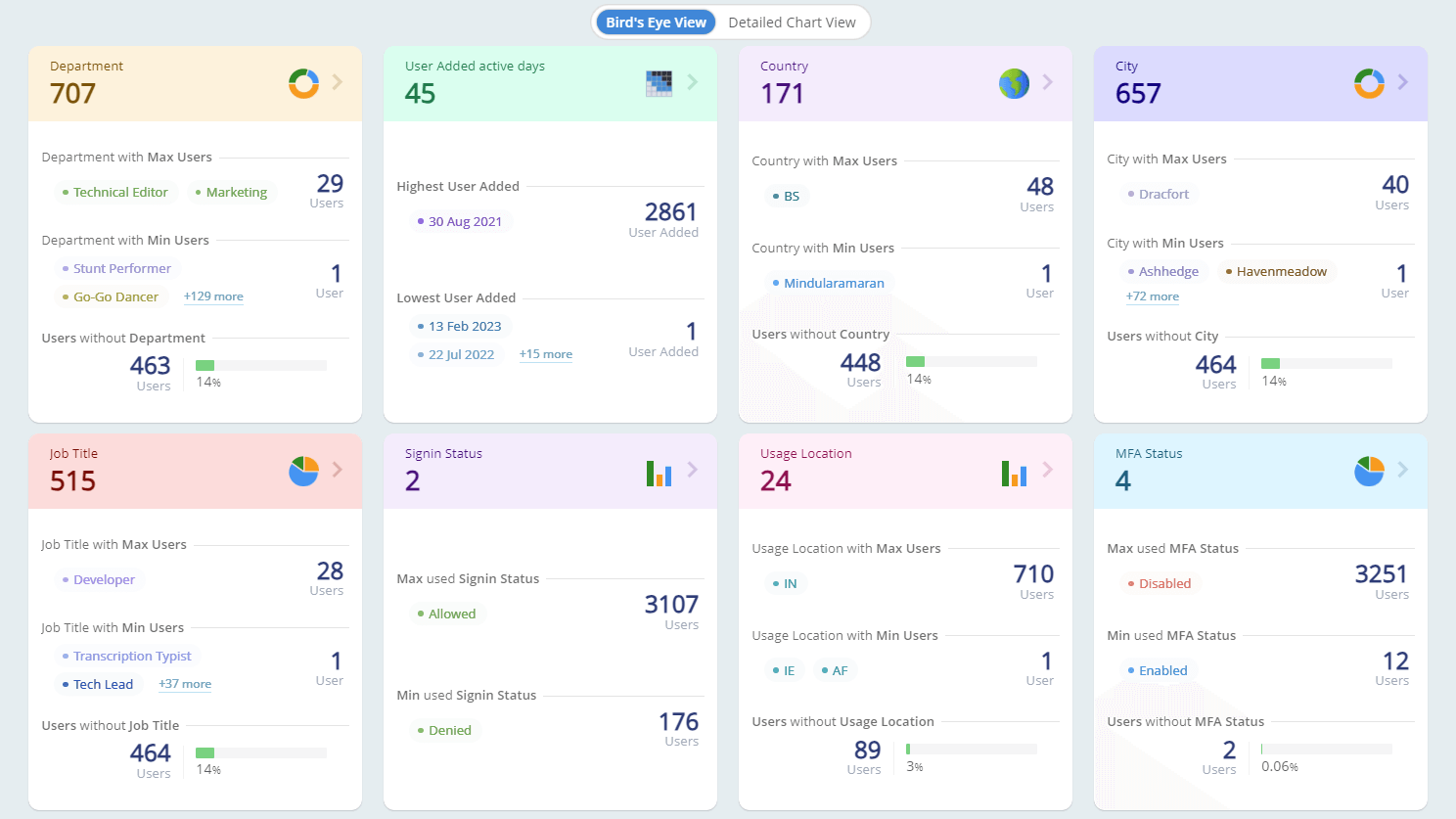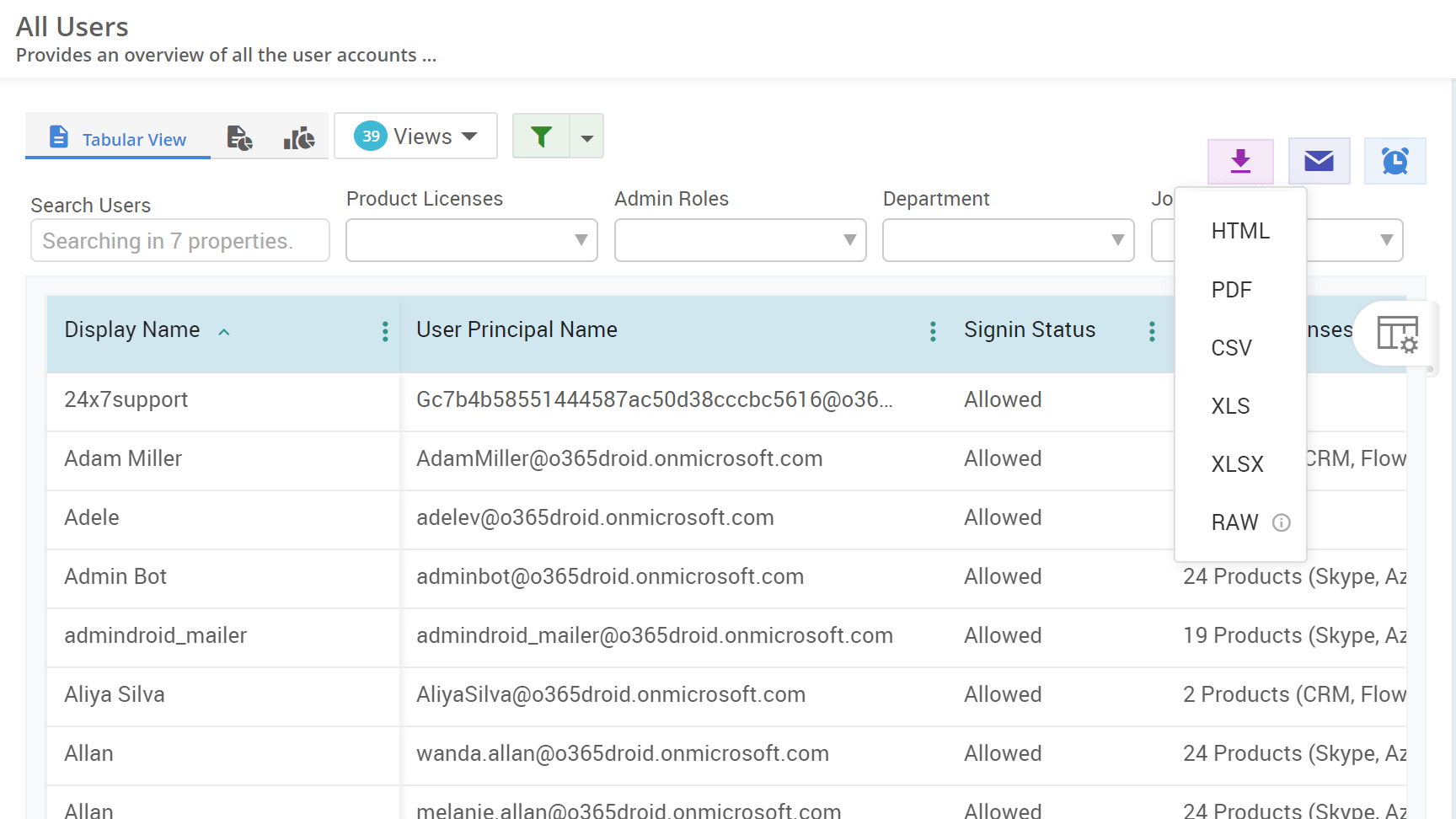Examining undelivered emails is crucial for organizations to resolve message delivery failures and ensure smooth communication. When an email fails to be delivered, the sender typically receives a non-delivery report (NDR) in Outlook, if configured. This report helps identify the reason for the delivery failure, allowing the sender to address the issue or consult with an admin to resolve it.
Admins can further investigate and troubleshoot email delivery issues using the methods outlined below:
- Navigate to the Message trace page in the Exchange admin center.
- Click on Start a trace and select a time range (up to 10 days).
- Set the delivery status to Failed and choose Summary report as the report type.
- Then, click Search to view the search results of undelivered emails.
- Click on a record to view detailed information about the undelivered email. There, you can select the respective failed event under message events to identify the root cause of the message failure.
To identify bounced emails or find undelivered mail returned to the sender in Outlook using PowerShell, you need to know the message ID of the specific message. You can use the following cmdlet to obtain the message ID of undeliverable emails in Outlook.
Get-MessageTrace -Status "Failed" | Select-Object Received, MessageId, SenderAddress, RecipientAddress
Run the below cmdlet in PowerShell to determine why the delivery failed for the specific email.
Get-MessageTrace -MessageId <MessageID> | Get-MessageTraceDetail
While mail flow reports provide the reason for undeliverability, the Microsoft Defender portal offers additional details and context about the email.
- Navigate to the All email page in the Microsoft Defender portal.
- Choose the Latest delivery location option from the Sender address drop-down and set it to Failed. Adjust the date and time as needed (up to a maximum of 30 days).
- Click on the Refresh button to get a list of undelivered emails.
- In the Email tab, click on the Open in new window icon associated with the respective email.
- There, you can use the corresponding tabs to investigate the email based on the timeline, attachments, URLs, and similar emails. Specifically, you can use the Analysis tab to analyze threat detection, email authentication, and more.
To proactively track email delivery in Exchange Online, AdminDroid offers a robust solution!
- With AdminDroid's All Mails report, you can effortlessly track mail flow trends and get detailed insights on sent and received messages.
- Further analysis of this report's metrics can reveal ways to improve email deliverability and reduce Microsoft 365 undeliverable messages.
Pro Tip: Use the Status filter to display only the emails that are delivered, failed, filtered as spam, pending, quarantined, and more.














